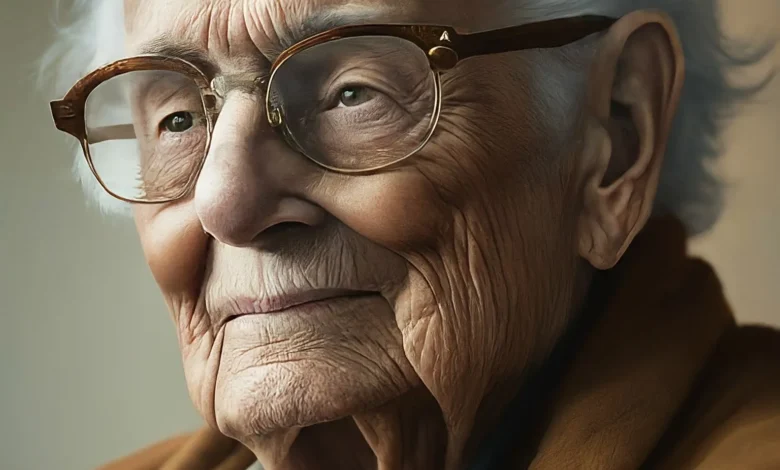Memory Keepers: Preserving Life Stories and Legacies

Our lives are rich tapestries of experiences, stories, and memories. As time passes, these precious moments can fade if we don’t take steps to preserve them. This is where memory keepers come in – individuals who take on the important task of preserving life stories and legacies.
Why does this matter? Think about the last time you looked at an old family photo or heard a story about your grandparents. It likely stirred emotions and connected you to your roots. Now, imagine having a treasure trove of such memories at your fingertips. That’s the power of being a memory keeper.
The Value of Preserving Life Stories
Keeping memories alive offers both personal and cultural benefits:
Personal Benefits:
- Emotional connection: Preserves family bonds across generations
- Self-reflection: Helps us understand our own journey better
- Bridging gaps: Connects younger family members to their heritage
Cultural Importance:
- Historical perspective: Offers unique views on past events
- Tradition preservation: Keeps cultural knowledge alive
Traditional Ways to Keep Memories
People have been preserving memories for centuries. Here are some time-tested methods:
Written narratives
- Journals and diaries: Daily or weekly records of thoughts and events
- Memoirs: More structured accounts of life experiences
Physical keepsakes
- Photo albums: Visual records of people, places, and events
- Family heirlooms: Objects passed down through generations
Let’s compare these methods:
| Method | Pros | Cons |
|---|---|---|
| Written narratives | – Detailed accounts – Personal reflections | – Time-consuming – Requires writing skills |
| Physical keepsakes | – Tangible memories – Often visually appealing | – Can deteriorate over time – Limited by physical space |
Modern Memory-Keeping Techniques
Technology has opened up new ways to preserve our stories:
- Digital storytelling
- Video interviews
- Family history podcasts
- Online platforms
- Personal blogs
- Social media memory features (like Facebook’s “On This Day”)
- Digital archiving
- Cloud storage for photos and documents
- Digital scrapbooks and photo books
These modern methods make it easier to create, store, and share memories. They also allow for multimedia storytelling, combining text, images, and audio.
Strategies for Effective Memory Keeping
Becoming a great memory keeper doesn’t happen by chance. Here are some proven strategies to help you preserve life stories effectively:
- Start early and stay consistent
• Set aside regular time for memory keeping activities
• Create a simple system that works for you (e.g., weekly journaling, monthly photo organization) - Use prompts and questions
Asking the right questions can unlock a wealth of memories. Try these:
• “What’s your earliest childhood memory?”
• “Tell me about a time when you faced a big challenge.”
• “What was the world like when you were my age?” - Involve multiple generations
Make memory keeping a family affair:
• Host “story nights” where different family members share tales
• Create a family history scrapbook together
• Record video interviews with older relatives - Combine multiple methods
Don’t limit yourself to just one approach. Mix it up:
• Write down family recipes and the stories behind them
• Create a digital slideshow with old photos and recorded narration
• Use apps to transcribe and save audio recordings of family stories
Overcoming Common Memory Keeping Challenges
Even with the best intentions, you might face some hurdles. Here’s how to tackle them:
- Dealing with reluctant family members
• Explain the importance of preserving memories
• Start small – ask for just one story or photo
• Make it fun and low-pressure, not a chore - Handling sensitive topics
• Approach difficult subjects with empathy
• Respect boundaries – if someone’s not ready to share, don’t push
• Offer the option to record privately or write anonymously - Managing time constraints
• Set realistic goals (e.g., one story per month)
• Use “dead time” like commutes for audio recordings
• Delegate tasks among family members - Organizing collected memories
• Create a simple filing system (digital or physical)
• Use tags or categories to sort stories and photos
• Regularly back up digital files to prevent loss
Remember, the goal is to preserve memories, not create perfect records. It’s okay if things aren’t professionally polished – authenticity is what matters most.
The Future of Memory Preservation
As technology advances, new ways to keep memories are emerging:
- AI-assisted storytelling: Programs that help organize and present your stories
- Virtual reality experiences: Immersive recreations of family history
- Digital legacy planning: Ensuring your online memories live on
While exciting, these new methods also raise questions:
- How do we protect privacy when sharing memories online?
- What happens to our digital memories after we’re gone?
It’s important to consider these issues as we embrace new memory-keeping tools.
Conclusion: Your Legacy Starts Now
Being a memory keeper is more than just collecting old photos or writing down family stories. It’s about preserving the essence of lives lived – the joys, the struggles, the wisdom gained, and the love shared. By taking on this role, you’re not just safeguarding the past; you’re creating a bridge to the future.
Here’s why your efforts matter:
- You’re saving stories that might otherwise be lost
- You’re helping family members connect across generations
- You’re preserving cultural knowledge and personal histories
Remember, there’s no single “right way” to keep memories. The best approach is the one that works for you and your family. Whether you choose to:
- Write detailed journals
- Create digital photo albums
- Record video interviews
- Use a mix of traditional and modern methods
The most important thing is to start now and be consistent.
Your Call to Action
Don’t let another day go by without taking steps to preserve your family’s legacy. Here’s what you can do today:
- Choose one memory-keeping method from this article
- Set aside 15 minutes this week to start your first memory project
- Reach out to a family member and ask them to share a story
By taking these small steps, you’re beginning a journey that will create a lasting legacy for generations to come. Your future self, your children, and your grandchildren will thank you for the priceless gift of preserved memories.
Start your memory-keeping journey today – because every story matters, and every memory is a treasure waiting to be shared.



